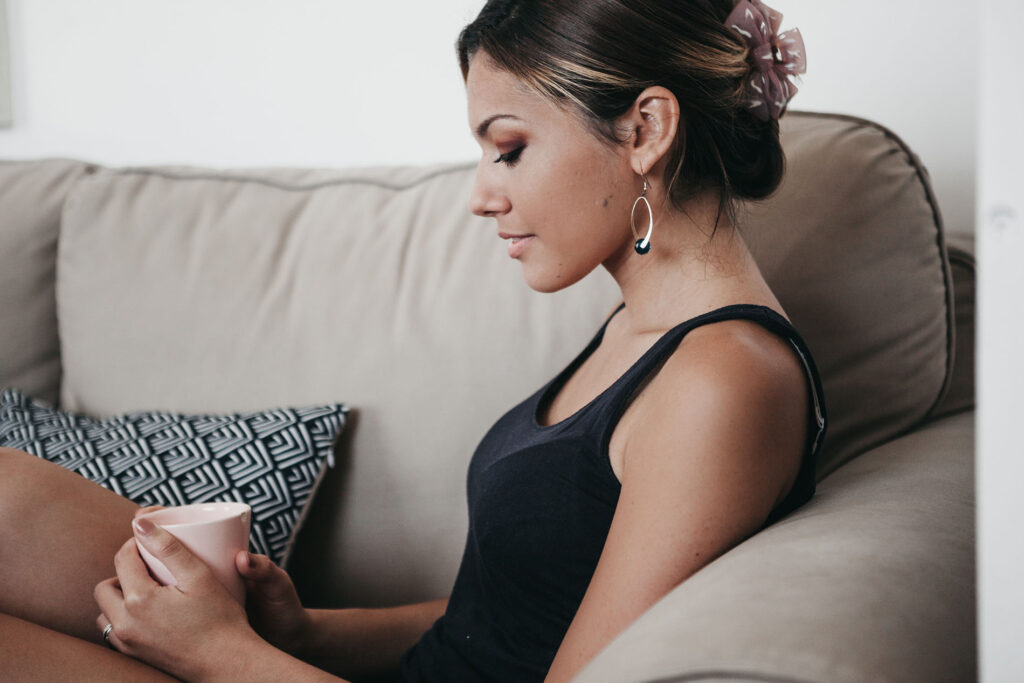In an era obsessed with fast fashion and fleeting trends, vintage and thrift finds are having a major revival.
More than just a way to shop sustainably, thrifting and curating vintage pieces has become a statement of individuality, creativity, and conscious living.
2025 is proving that the best fashion stories are found not on the racks of big retailers, but hidden in the corners of local thrift stores and vintage boutiques.
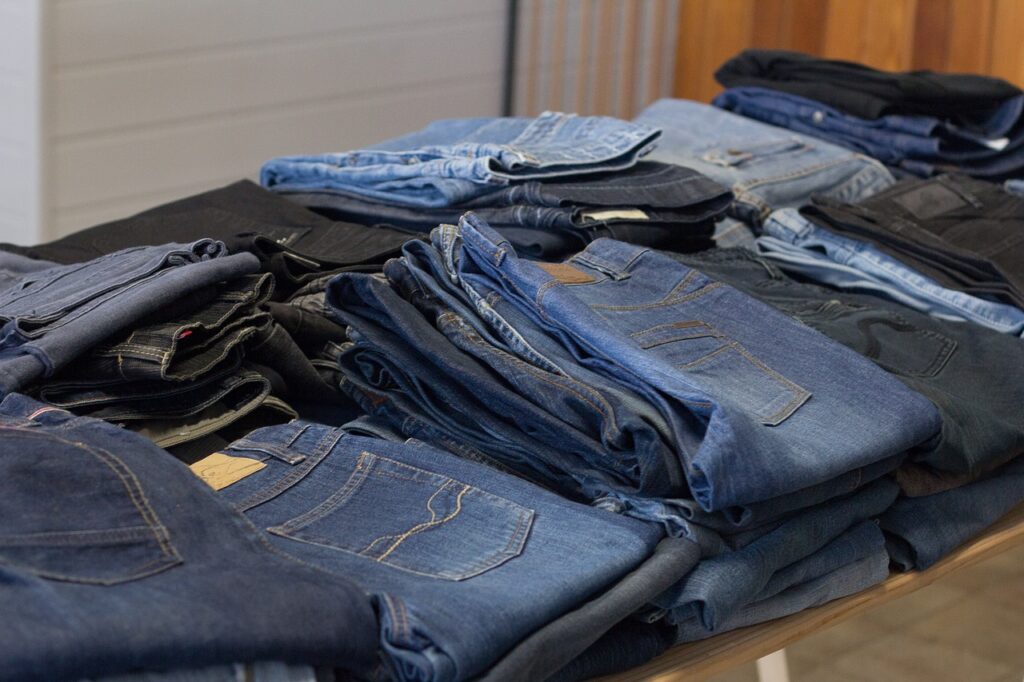
Sustainability First: Fashion That Cares for the Planet
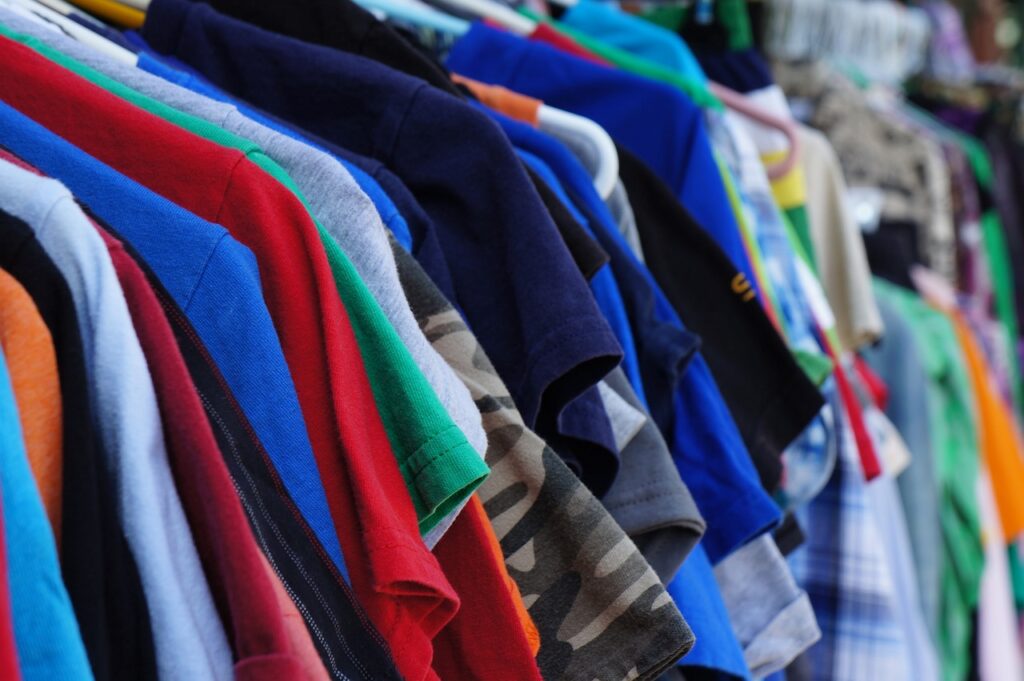
In a world where fast fashion dominates and clothing waste is skyrocketing, choosing vintage and thrifted pieces is more than just a style choice — it’s an act of environmental activism.
Each time you buy a second-hand item, you directly reduce the demand for new production, which cuts down on the energy, water, and raw materials needed to create brand-new clothes.
It’s a small step individually, but collectively, it makes a huge difference.
Why It Matters:
- Textile Waste Crisis: Over 92 million tons of textile waste are produced globally each year. Thrifting helps divert clothes from landfills.
- Resource Conservation: Producing one new cotton shirt requires around 2,700 liters of water — enough for one person to drink for two and a half years!
- Lower Carbon Footprint: Second-hand shopping dramatically reduces the greenhouse gas emissions tied to clothing production and distribution.
Vintage Fashion = Circular Fashion:
By reusing, repurposing, and reimagining older garments, you contribute to a circular economy — a model where materials are kept in use for as long as possible, minimizing waste and pollution.
Originality Guaranteed: Wear What No One Else Is Wearing
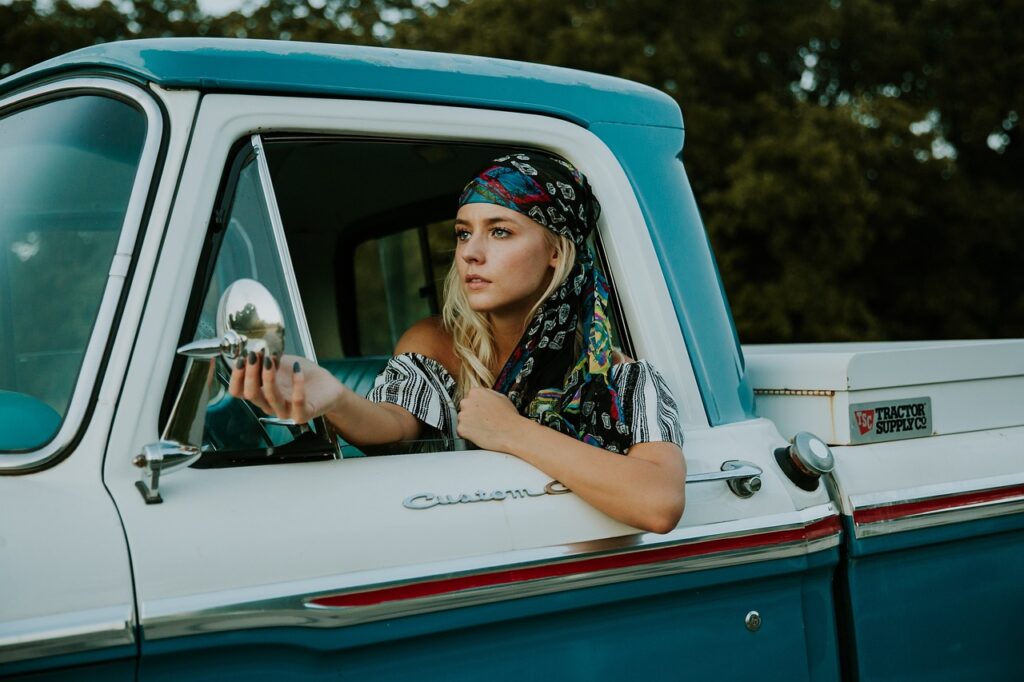
In today’s trend-heavy world, it’s easy to feel like everyone’s wearing the same styles from the same fast fashion brands. That’s where vintage and thrift fashion stands out — it guarantees originality.
When you thrift or shop vintage, you’re curating a wardrobe that reflects your personality, not just the latest trend cycle. These are pieces that can’t be clicked and bought by the masses — they’re rare, often one-of-a-kind, and full of unique character.
Why Vintage Equals Unique
Limited Production Runs:
Many vintage items were produced before mass production became the norm, which means fewer copies exist.Discontinued Brands or Styles:
Some vintage pieces come from now-defunct brands or iconic collections that will never be reissued.Custom Tailoring & Handwork:
Older garments often feature hand-sewn details, embroidery, or embellishments that make them truly special.Authentic Details:
Real shoulder pads, metal zippers, and vintage button styles — little touches that modern fast fashion rarely replicates authentically.
Investment-Worthy: Fashion That Gains Value Over Time
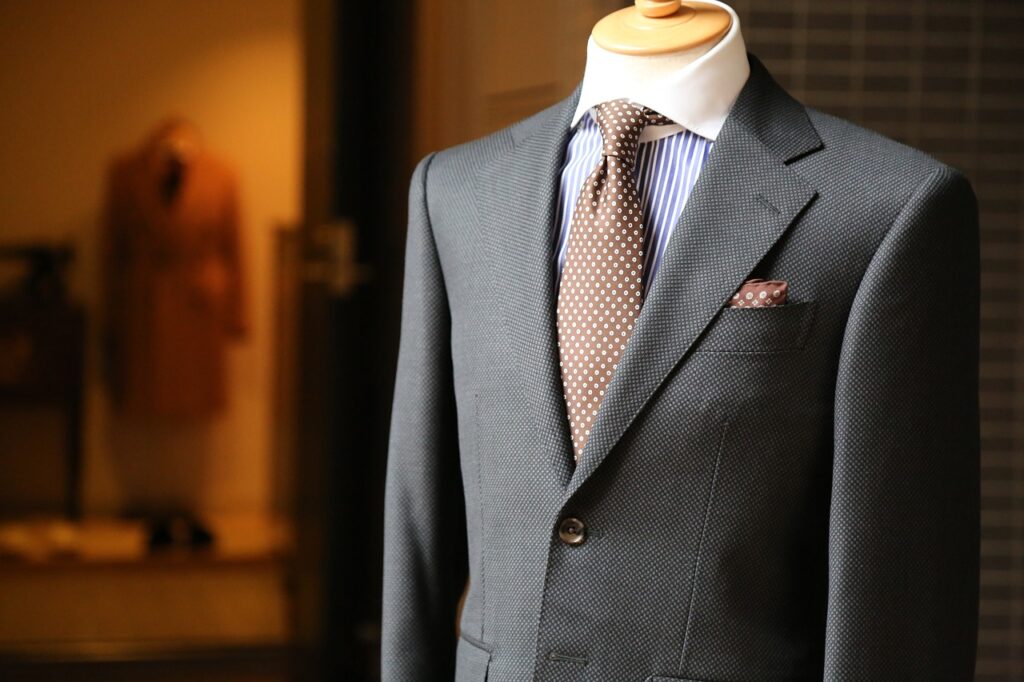
While fast fashion loses value the moment you leave the store, vintage fashion often appreciates with time — making it not just a stylish choice, but a smart one.
Many vintage pieces, especially those from iconic brands or specific fashion eras, are now considered collectibles. When well cared for, they can be resold at a higher price or kept as heirlooms. Investing in vintage is like investing in art — it holds history, craftsmanship, and lasting appeal.
Why Vintage Holds (or Gains) Value:
Designer Legacy:
Labels like Chanel, Yves Saint Laurent, Jean Paul Gaultier, and early Gucci have cult followings. Pieces from vintage collections or rare runway items can fetch thousands.Quality Construction:
Vintage garments were built to last — think natural fabrics, reinforced seams, and hand-finishing. This longevity ensures that well-preserved pieces retain their structural and aesthetic integrity over decades.Limited Availability = High Demand:
Once a piece is gone, it’s gone. Scarcity drives value. A 90s Dior saddle bag or a vintage Burberry trench can be resold for more than its original retail price.Fashion Cycles:
Trends repeat — what’s old becomes new again. When a past style comes back into vogue, vintage originals become highly sought after.
In a fashion world driven by speed, vintage and thrift shopping offer something truly rare — authenticity, sustainability, and soul.
Each piece you discover carries a story, a legacy, and the chance to express your style in a way no mass-produced garment ever could.
Choosing secondhand isn’t just about being eco-conscious — it’s about embracing a wardrobe full of character, history, and individuality.
Whether you’re wearing a 90s blazer, a retro denim jacket, or a one-of-a-kind accessory, you’re not just following trends — you’re setting them.
So next time you’re looking for something fresh, start with something old.
Because great fashion doesn’t expire — it evolves.
